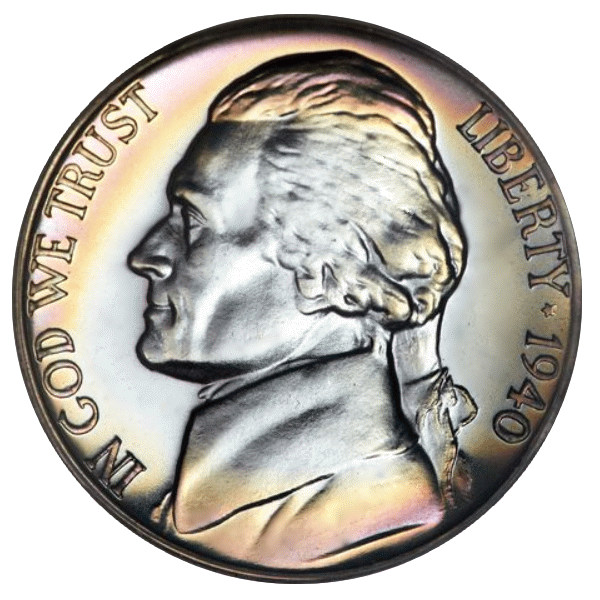
By Al Doyle for CoinWeek ……
Familiar items are often underappreciated, and Jefferson nickels tend to receive the Rodney Dangerfield treatment from collectors. The coin has been such a constant part of daily life that even during its 75th anniversary in 2013, was an “under the radar” event. Why collect five-cent pieces when older or flashier series are some of the other numismatic options?
Many coin enthusiasts can’t spend large sums on their favorite pastime, and that has been especially true in the not so distant economic climate. A limited budget is no reason to give up entirely on numismatics, but it does make collecting a challenge. Cash-strapped collectors have to be creative to find decent coins they genuinely like and can afford. Complete date and mintmark sets aren’t normally a practical option because of high-priced key dates, but Jeffersons are the happy exception to the general rule.
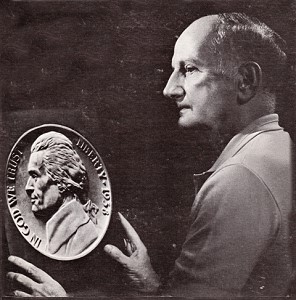 Designed by German immigrant Felix Schlag (who earned $1,000 for his artwork in a nationwide competition) the first year is a prime example of how affordable this series can be. The 1938, 1938-D and 1938-S all sell for $10 or less in the MS-60 to MS-63 range, and the branch mint pieces sport modest mintages of 5,376,000 (Denver) and 4,105,000 (San Francisco).
Designed by German immigrant Felix Schlag (who earned $1,000 for his artwork in a nationwide competition) the first year is a prime example of how affordable this series can be. The 1938, 1938-D and 1938-S all sell for $10 or less in the MS-60 to MS-63 range, and the branch mint pieces sport modest mintages of 5,376,000 (Denver) and 4,105,000 (San Francisco).
Here’s the bad news – sort of. The 1939-D (mintage 3,514,000) and 1939-S (6.630,000) are two of the four most expensive Jeffersons, but “expensive” is a relative term. The more common Reverse of 1940 version of the ’39-D is a safe purchase in MS-63, and either reverse for the ’39-S carries a similar value in that grade. Collectors who opt for varieties and the ultimate in completeness may want to add the Reverse of 1938 5-cent pieces to their sets.
The other “big money” items in the series are the 1942-D copper-nickel and the 1950-D. A nice (as in MS-63 to MS-65) example of the ’42-D is easy to obtain under $75, which is caviar money in the low-rent world of Jefferson nickels.
Even though it has an eye-catching mintage of 2,630,000, the ’50-D isn’t rare because few ever entered circulation. It’s the poster child for the frenzied BU roll boom and bust of 1963 and 1964. Forty-piece rolls surpassed the $1,000 mark (that’s roughly $7,000 adjusted for inflation) before plunging to under $200 a roll in 1990.
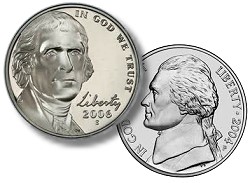 The 11 “war nickels” of 1942 to 1945 don’t contain a speck of nickel. That’s because the metal was essential for military usage, and these coins contain an alloy of 35 percent silver, 56 percent copper and nine percent manganese. A large mintmark was placed on the reverse to distinguish the temporary pieces from the standard copper-nickel coinage, and it was the first time that a Philadelphia coin carried a P.
The 11 “war nickels” of 1942 to 1945 don’t contain a speck of nickel. That’s because the metal was essential for military usage, and these coins contain an alloy of 35 percent silver, 56 percent copper and nine percent manganese. A large mintmark was placed on the reverse to distinguish the temporary pieces from the standard copper-nickel coinage, and it was the first time that a Philadelphia coin carried a P.
War nickels are the one silver coin that still makes an occasional appearance in circulation. Manganese in the alloy promotes discoloration, which along with the large mintmark makes them stand out in pocket change. Likewise, 1938- to 1941-dated Jeffersons can still be found at times. War nickels are a popular short set, and they come with colorful toning on a more frequent basis than other Jeffersons.
The person who is limited to modest cash outlays can easily work on the set a few pieces at a time, as uncirculated singles typically sell for well under $10. It would hard to find a more financially stress-free way to collect coins than specializing in this very blue-collar series.
Even the pre-1955 proofs (1938-42 and 1950-54) are quite affordable. Putting together a complete set of Jefferson proofs is another moderately priced option. Errors and varieties are attention-getting additions to a collection.
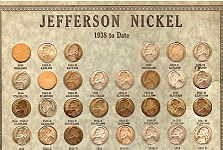 There is one way to make the series a higher-budget proposition. Monticello on the reverse displays six full, unbroken steps on coins with a strong strike. This detail can be scarce to nonexistent for dates that tend to be weakly struck, and the price for “full step” nickels can reach four figures for the keys in this specialized field.
There is one way to make the series a higher-budget proposition. Monticello on the reverse displays six full, unbroken steps on coins with a strong strike. This detail can be scarce to nonexistent for dates that tend to be weakly struck, and the price for “full step” nickels can reach four figures for the keys in this specialized field.
Dates to watch for include 1952, 1953, 1954-D, 1954-S (even coins from original BU rolls can appear to be circulated), 1955, 1955-D, 1956-D, 1958, 1960 and 1961-D. It goes without saying that any full-step nickel that commands a big price should be certified by a reputable grading service. This is a thin market for sure.
The 1964 and 1964-D Jeffersons are some of the most common circulating coins in U.S. history, but fully struck specimens are quite elusive. The 1965 and 1966 are among the rarest full-step dates, and the 1968-S and 1970-S can be a big challenge to locate. Want to start a riot? Find a high-grade 1970-D with full steps and get it slabbed. They may not be at the top of the list, but the 1976, 1977, 1981 and 1983 won’t be found quickly if full steps are necessary.
Matte finish Jeffersons were struck at Philadelphia in 1994 and 1997, and these low-mintage (167,703 and 25,000 respectively) issues look much different than snowy frosted modern proofs. New designs since 2004 provide variety to go with a long history.
Is it really possible to complete a 75-year date set on a meager budget? If the series in question is the Jefferson nickel, the answer is “absolutely”.


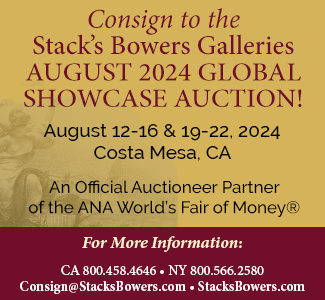


You can complete a full set of circulated issues just by looking through enough rolls. It took me about 2500 rolls before I found a 1950-D, but I finally found one. This seems to be getting harder as time passes.
I enjoyed this article. Well researched and written. Maybe some day
an article about the rarities of the series date by date in high grade full step.
Thank you.
A very well written article! I have never considered this series because it is kind of boring. But now I think it will be my next collection!
I collect buffalo and Jefferson nickels .. i have 2-41’s, 1-43p, 1-49, 1-50d, 1-52, 1-60, and many more including 94 and 97 p ..i have a 1970 d and a 1971 d that appears to have n s under it .. have you ever heard of this ??
I’m ready to start a riot …I found a 70 d f.s. today in great condition on my pants pocket
I have a full set 1938 d,s,p to1961 d,s,p took two years
I got all these in one day .1962,1964,1965,1959 1970s,and 3 1971 S nickle brand new looking .full steps on all .i had went to bank and got 40dollars in nickles.